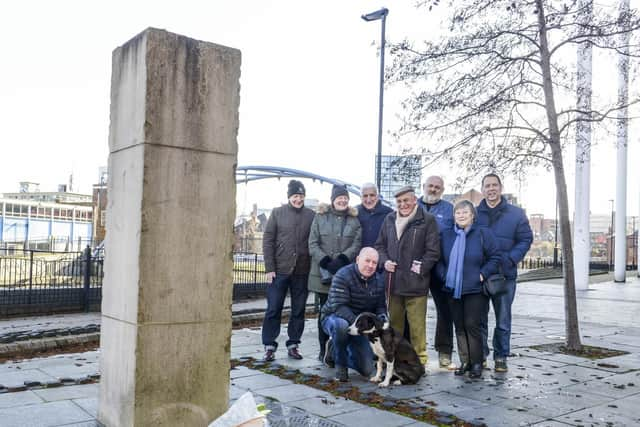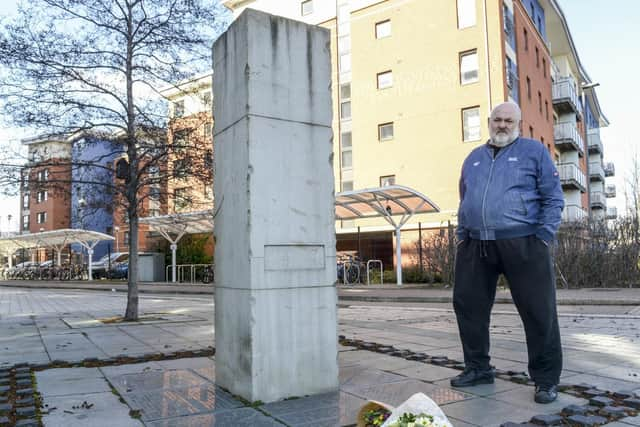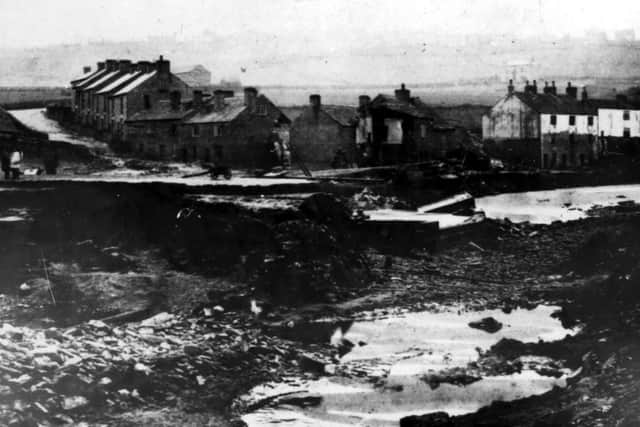Victims of Sheffield’s Great Flood remembered 155 years since disaster devastated the city


Relatives of those who died were among a small crowd who laid flowers at the flood memorial at Millsands on Monday, March 11.
Led by historian Ron Clayton, they heard about the tragedy which devastated parts of the city and is regarded as the country’s worst-ever man made disasters.


Advertisement
Hide AdAdvertisement
Hide AdJust before midnight on March 11, 1864, water smashed its way through Sheffield when the newly built Dale Dyke Dam in Bradfield failed as it was being filled.
An estimated three million cubic metres of water cascaded down the Loxley Valley to Hillsborough before reaching Sheffield centre and Attercliffe and moving on to Rotherham.
The death toll on the night was 240 however historians claim numbers possibly exceed 300 due to diseases caused by the water – with 102 people killed in Malin Bridge alone, the area worst affected by the disaster.


Around half of those who died in the deluge were children – one a newborn baby washed from his mother’s arms in Bradfield. Three children also perished in a cellar while their parents were away.
Advertisement
Hide AdAdvertisement
Hide AdMore than 700 buildings and 20 bridges were also destroyed and a relief fund was set up to help the homeless and needy.
Terry Midwood’s great-great-grandfather John Midwood, 46, perished in the flood, along with his wife Phoebe, and three children Dawson, 16, George, 8, and four-year-old Fanny.


John’s son Joel – Terry’s great-grandfather – was the sole surviving member of the family who, at just 15, floated down the river on a piece of furniture before being pulled out at Rutland Road bridge by a stranger who saved his life.
Terry, 72, from Norton attended the ceremony with his wife Denise to remember them. He said: “We come down to the memorial to remember them every year.
Advertisement
Hide AdAdvertisement
Hide Ad“They lived on Farfield Lane in a row of about five cottages. My great-grandfather who was an apprentice stone mason was the only one to survive who lived there everyone else washed away.”
Denise added: “We looked up the family tree and knew the family had been involved. If Joel didn’t survive then my husband wouldn’t have been here. It is an important part of Sheffield heritage.”
